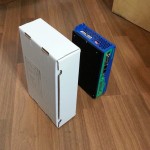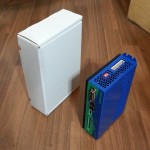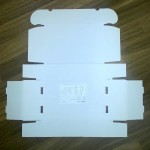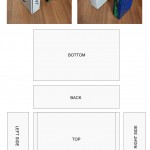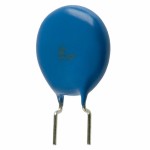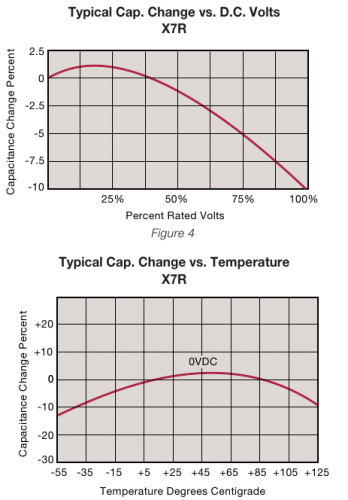This is the box artwork competition for Argon servo drive.
Goal
The goal is to design a printable artwork for the product package of Argon servo drive. We accept all submissions from hand sketched ideas to print-ready graphics. All submissions are treated equal (see details in Prize).
- The box under discussion and the Argon servo drive
- The box from the other side
- Box flattened a.k.a. the printable surface
- Logos and other optional material that may be useful. Click to get high quality SVG file.
- Template to help with alignments. Click for SVG file.
Specifications & Tips
- Box dimensions 241 x 144 x 61 mm and top lid area is 220 x 144 mm.
- Max paint surface coverage 20%
- Single color (can be black or some other color). Gray scales are supported.
- All sides can be printed
- Avoid placing important details near edges as print alignment is not that accurate
- File format preferably in a common vector graphics format (i.e. SVG)
- To get a free and good SVG editor, check out Inkscape
Rules
- Post your work to this CNCzone forum thread, or if you prefer to keep it private, email to competition at granitedevices.com
- Submission deadline 12.4.2013 24:00 GMT
- Any amount of submissions per person allowed
- The submitter must grant full rights for Granite Devices Inc to use the submitted work
The winner takes it all:
- Argon servo drive from the first production batch with designer’s signature and of course boxed in the final printed packaging
- A 50% discount coupon for purchasing up to 2 additional Argon drives
- In other words, get one drive for free or 3 drives for price of 1.
- Prize total value ~800 Euros
The prize will be granted for the person who submitted the work that gets printed to the box directly or after our modifications (including sketch implementation). If it should happen that none is selected, or even ideas present in the submission are used, the prize will be granted to the overall best submission voted by Granite Devices staff.
Happy drawing and good luck!
The fine print: if we find it necessary, we reserve right to adjust & update the competition rules. If this should happen, there will be list of changes made.

